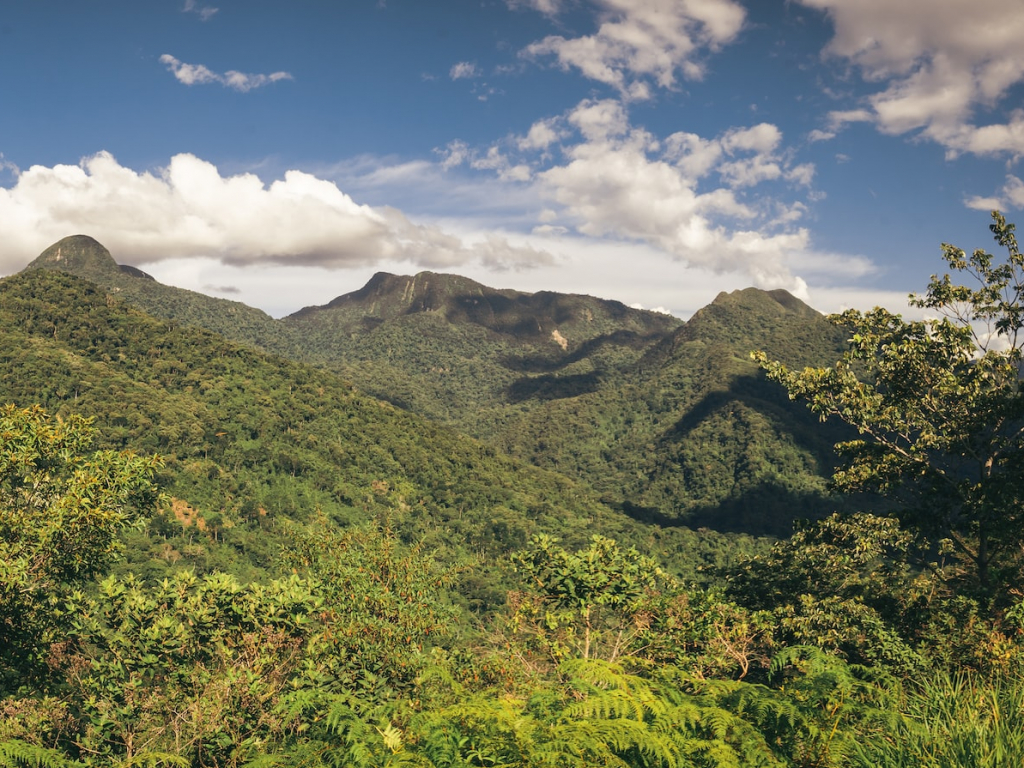Net Zero Pathways for Brazil
A recent Oxford Net Zero webinar ‘Net Zero Pathways for Brazil’ discussed how nature-based solutions are critical for putting Brazil on track towards its net zero pledge based on the research led by NbSI and Oxford Net Zero Research Fellow Aline Soterroni. The discussion panel included the Brazilian experts Izabella Teixeira, the Former Minister for the […] September 29, 2022
A recent Oxford Net Zero webinar ‘Net Zero Pathways for Brazil’ discussed how nature-based solutions are critical for putting Brazil on track towards its net zero pledge based on the research led by NbSI and Oxford Net Zero Research Fellow Aline Soterroni.
The discussion panel included the Brazilian experts Izabella Teixeira, the Former Minister for the Environment in Brazil, Roberto Schaeffer, Full Professor of Energy Economics in COPPE/UFRJ, and Tasso Azevedo, the General Coordinator of MapBiomas and SEEG. The session was chaired by Steve Smith, the Executive Director of Oxford Net Zero.
Brazil is the world’s 5th largest country by area, 10th biggest economy, hosts between 15-20% of the world’s biological diversity and is home to 60% of the Amazon rainforest. Brazil’s emissions mainly come from the AFOLU sector (Agriculture, Forestry, and Other Land Use), resulting in trade-offs and synergies in climate mitigation efforts between net-zero policies and biodiversity conservation, including nature-based solutions. Deforestation across the entire Amazon basin is around 17%, and near 20% in the Brazilian Amazon. Deforestation and degradation combined with global climate change are pushing the Amazon towards a tipping point with consequences for the whole planet.
The analysis, conducted by researchers at the University of Oxford, the Universidade Federal do Rio de Janeiro (UFRJ), the National Institute for Space Research (INPE) and the International Institute for Applied System Analysis (IIASA), combines two regional models for Brazil to assess the extent to which existing and planned local policies could put Brazil on the path to net-zero GHG emissions by mid-century.
Their findings highlight that protection (through avoiding deforestation) is the most important mitigation measure capable of promoting fast and significant emissions reductions in Brazil as well as providing multiple benefits for both human well-being and biodiversity. When compared to other measures, protection is ready to be implemented at relatively low cost. The implementation of the 2012 Brazil’s Forest Code, the country’s flagship legislation for tackling native vegetation loss and promoting large-scale restoration, could significantly decrease emissions in Brazil, especially in the near-term, but would not bridge the gap to its net zero pledge. If Brazil is to reach net-zero GHG emissions by 2050, some extent of costly negative emissions technologies from the energy sector (such as BECCS) will be unavoidable. However, relying too much on engineered solutions would jeopardise Brazil’s chances of achieving its net zero pledge. Soterroni also highlighted the mismatch between Brazil’s short- and long-term climate goals and the need to update the country’s NDC to a more ambitious one.
Tasso Azevedo argued it’s important to get a handle on deforestation not only to reduce emissions but also to improve adaptation capacity in Brazil. Since Brazil’s power sector is 90% based on renewable sources, Roberto Schaeffer highlighted the need for conservation since the energy sector would also be significantly affected by climate change. Izabella Teixeira, former minister of environment who led the COP21 Brazil delegation in Paris, and presided over the lowest Brazilian Amazon deforestation rate since such records began, stated there is a need to move “from greenwishing to green-doing, without greenwashing”.
The upcoming Brazil election on 2nd October could define the future of the Amazon given the current high deforestation levels. Soterroni’s research, which is going to be available in a forthcoming publication, underlines that there is no credible net-zero pathway in Brazil without nature-based solutions, especially protection.
On this topic, Soterroni’s research was also covered in a recent piece by Carbon Brief: Analysis: Bolsonaro election loss could cut Brazilian Amazon deforestation by 89%. An update of the Soterroni et al. 2018 study was used to estimate deforestation and associated emissions in the Brazilian Amazon under a scenario that tries to capture the current weak environmental governance versus a scenario that fully implements the 2012 Forest Code. Although both scenarios indicate possible futures for the Brazilian Amazon, Soterroni emphasises that models are simplifications of reality and there are also many uncertainties depending on future Brazilian policy. Regardless of the outcome of the election, the protection and restoration of degraded areas of the Amazon are urgent.
Watch the ‘Net Zero Pathways for Brazil’ webinar recording on the Oxford Net Zero Youtube page.
